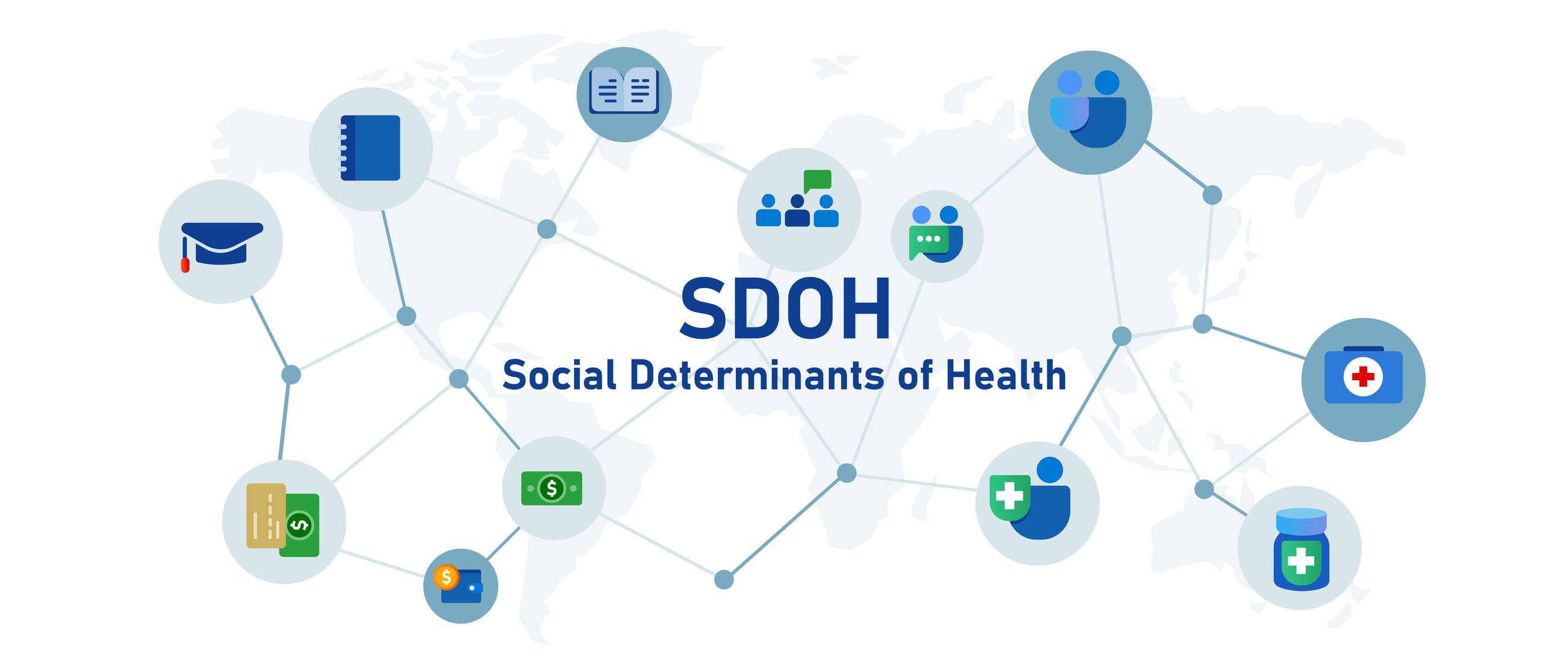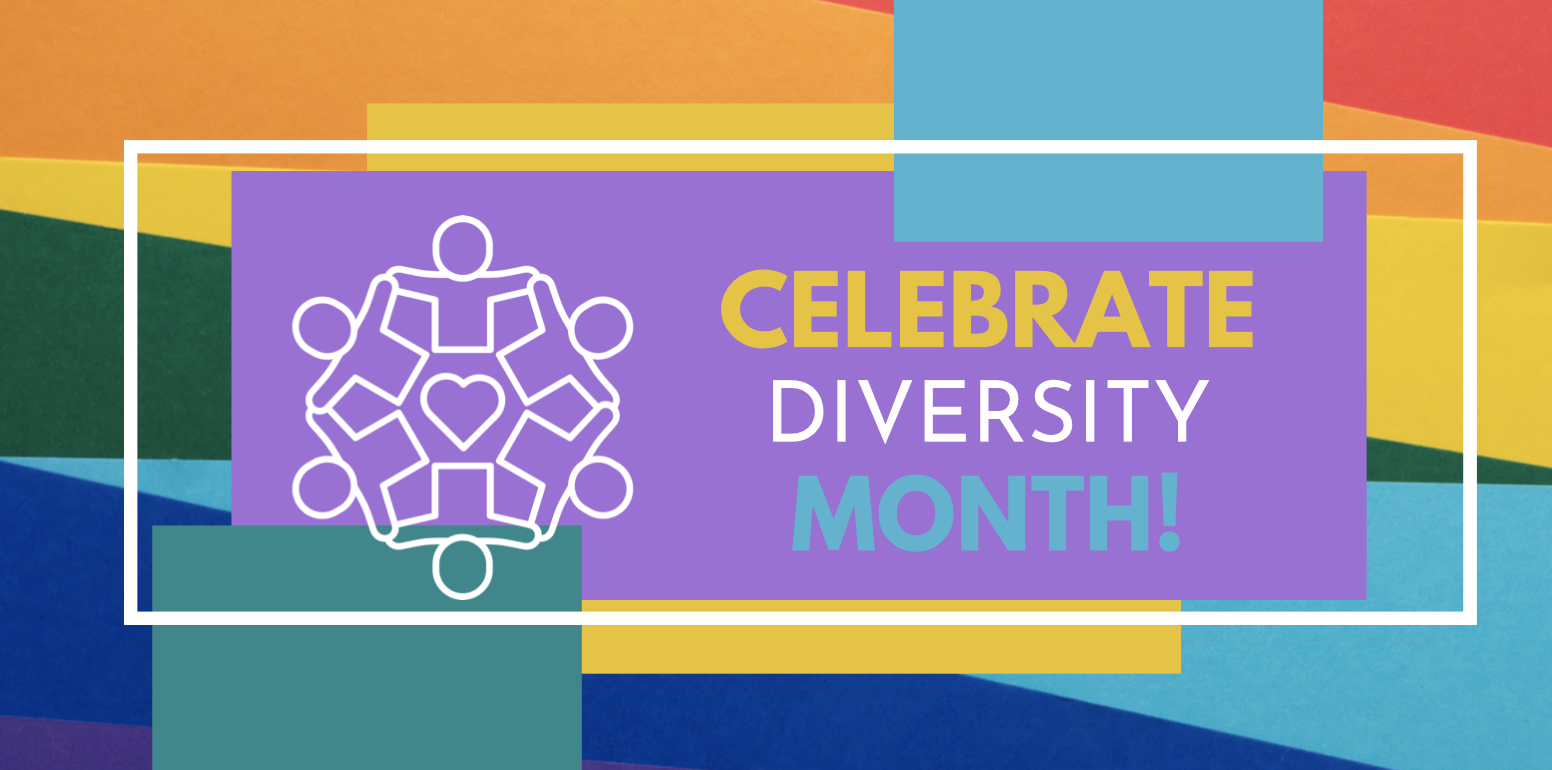This article is an excerpt from Diversity Best Practices' new book, the HR Executive Diversity Primer.
What’s the best way to structure a diversity function? The answer is as individual as companies themselves. Let’s look at three organizations—Sodexo, Johnson & Johnson, and Rockwell Automation—that have established different, yet equally effective, configurations of their diversity offices.
Sodexo, Inc.
With 400,000 employees across the globe (125,000 in North America) and operations in 33,400 sites in 82 countries, Sodexo is among the world’s top 25 employers, as a provider of integrated food services and facilities management. Betsy Silva Hernandez, Sodexo’s senior director for corporate diversity and inclusion, describes the corporate culture as high touch with an orientation toward action. It’s a high-touch culture, because the company is very relationship based and uses the power of influence to drive its diversity efforts. Its action orientation shows up as the company’s business leaders push for quick results, yet they also want the diversity strategy to be customized to their local context.
Silva Hernandez explains how the company’s decentralized structure is reflected in the structure of the diversity office. Depending on the location of a regional market (North America, Europe, Central or South America, and others), the company uses multiple infrastructure models. The decentralized model is further intensified by its French ownership, which brings its own inclusion issues. While the structure has evolved over time, the formal diversity effort began in 2002 with the creation of the company’s diversity leadership council.
Along with the North American CEO, this council was charged with developing the diversity and inclusion strategy, setting priorities, and providing oversight for the effort. Later the strategy was broadened to include a committee of operational leaders comprised of members from the executive committee and market presidents. Their task was to implement the strategy and embed it throughout the organization by working with the company’s Cross Market Diversity Council (CMDC) and its employee business resource groups (EBRGs). The CMDC and EBRGs provide the grassroots support for inclusion initiatives. According to Silva Hernandez, this structure represents a top-down, middle-out, bottom-up approach to the inclusion strategy.
The efforts of Sodexo’s diversity and inclusion team on behalf of 125,000 North American employees, and influencing 270,000 other employees in locations around the world, are augmented by its EBRG members and other volunteers across the organization. Volunteer impact is monumental. For example, roughly 90 percent of Sodexo’s 25,000 North American managers participate in EBRGs. And the EBRGs are instrumental in how the company delivers its inclusion results.
Volunteers may provide the much-needed resources to drive the inclusion efforts. However, as Sodexo’s Chief Diversity Officer Rohini Anand explains, the inclusion strategy is also based on the shared services model. The corporation provides and funds support services for the entire corporation, with local operations furnishing additional resources. Yet, even a company as committed to diversity as Sodexo has had to face the realities of a global economy. For two consecutive years, Silva Hernandez has seen the diversity budget cut, while responsibilities have increased. The Sodexo diversity office has had to deliver more with less money.
While Sodexo’s North American diversity strategy is only 10 years old, it is considered a mature, highly regarded function. Companies across the globe use Sodexo as the benchmark they aspire to reach. The company also illustrates the evolving nature of the diversity function.
Initially, Anand reported to the senior vice president of HR. Soon after, diversity was repositioned so that she reported to North American CEO George Chavel, and now she has a bifurcated reporting relationship to both the North American CEO and Global CEO Michel Landel. Although her area no longer reports directly to HR, Anand explains that both areas enjoy a strong partnership. “We’re separate, but we’re strong partners,” she says.
The diversity department has changed in the past and Anand understands that it could change again. “Diversity was a part of HR, then separated from HR, and depending on the needs of the organization, we would certainly recalibrate that relationship,” she said. “Obviously, our effort continues to be a work in progress."
Johnson & Johnson
Johnson & Johnson (J&J) is a global leader in healthcare, consumer products, pharmaceutical products, and medical devices. It’s a 125-year-old company with $65 billion in revenues. J&J’s Smita Pillai, director of global diversity and inclusion, medical devices and diagnostics, explains that J&J’s culture is best considered a hybrid between a lean culture at its headquarters in New Brunswick, N.J., and a more high-touch culture in its 250 operating companies that span 57 countries across the globe.
J&J’s structure also mirrors its hybrid culture, which is decentralized at the regional and local levels but supported by a more-centralized core strategy in its corporate offices. In this way, J&J’s global diversity and inclusion office has the best of both worlds. The central office establishes an overall strategy and provides some independent funding, while the local companies roll out the strategy and allocate funding from their budgets to support diversity initiatives.
According to Pillai, the company’s CDO reports directly to the CEO, and manages six director-level direct reports. With an annual budget of $5 million, the diversity function numbers about 16 employees, including directors and administrative assistants. Pillai said Johnson & Johnson can’t run a global diversity operation with the current structure at the corporate level, so the diversity function works in close partnership with HR and its teams.
While J&J’s office of diversity and inclusion has a well-deserved reputation, internally and externally, as an established leading-edge operation, Pillai recognizes that its structure may evolve as the company adapts to an ever-changing global landscape.
Rockwell Automation
With more than 20,000 employees, revenues of $6.2 billion and operations in 80 countries, Rockwell Automation is a business-to-business firm that is a leading provider of integrated systems for process manufacturing. According to Joan Buccigrossi, director of global inclusion and engagement, the diversity department was deliberately and strategically structured to serve as an inside consultant to the leaders and managers of the company. The responsibility for creating a culture of inclusion rests totally with the company’s leaders, not with HR.
With only two part-time staff members in the diversity office, Buccigrossi operates in a lean culture with a highly matrixed structure that leverages the power of influence across the organization. While she reports to the senior vice president of HR, Buccigrossi explains that her customers are the company’s business and function leaders, who initiate actions and develop the diversity direction. In this way, HR does not set the inclusion agenda or its engagement strategy. That’s done by Rockwell’s leaders and managers. “The danger of housing diversity in HR is that it can make the effort more of an initiative, something being done to leaders, rather than an effort they are intimately involved in,” Buccigrossi said.
“At Rockwell, leaders and managers are change agents.”
As in many firms, HR provides needed metrics, encourages tough conversations, and challenges and supports leaders and managers, Buccigrossi said. It is the department heads and their employees who fund the strategy and take ownership to ensure it succeeds. She cites an example with the North America sales division. The department decided that all managers and employees receive specialized education in order for everyone to become change agents. The department funded the effort and played a key role in the design and implementation of the learning modules. “The education is much more effective than any ‘training’ pushed out from HR would have been” she added.
While Buccigrossi’s diversity function does not have a budget, for real, the company’s functional leaders are prepared to support diversity initiatives from their funds. This arrangement works well for Rockwell. Everyone remembers 2008 and 2009, when the global and national economies were reeling from the fiscal freefall and companies were tightening their belts. In 2009, Rockwell’s diversity office was able to spend significant dollars on inclusion initiatives for employees. How? The business functions believed that such training was valuable and provided the necessary funding.
While Rockwell’s inclusion and engagement (I&E) department is tiny, in reality, the diversity and inclusion team consists of everyone in the company. According to Buccigrossi, all diversity and inclusion work is done by the people in the businesses and functional areas. They created Inclusion Change teams, which are tasked with performing cultural assessments, identifying barriers to inclusion, planning and executing actions to remove those barriers, and measuring results. Rockwell also uses rotational staffing assignments in I&E for up-and-coming and established leaders, although participants keep their day jobs.
According to Buccigrossi, the consultant approach works well for Rockwell, because it blends in with the company’s culture and structure. This is how everyone works and business objectives are met. As a result, the consultant model reflects the current corporate environment and drives its inclusion strategy.





